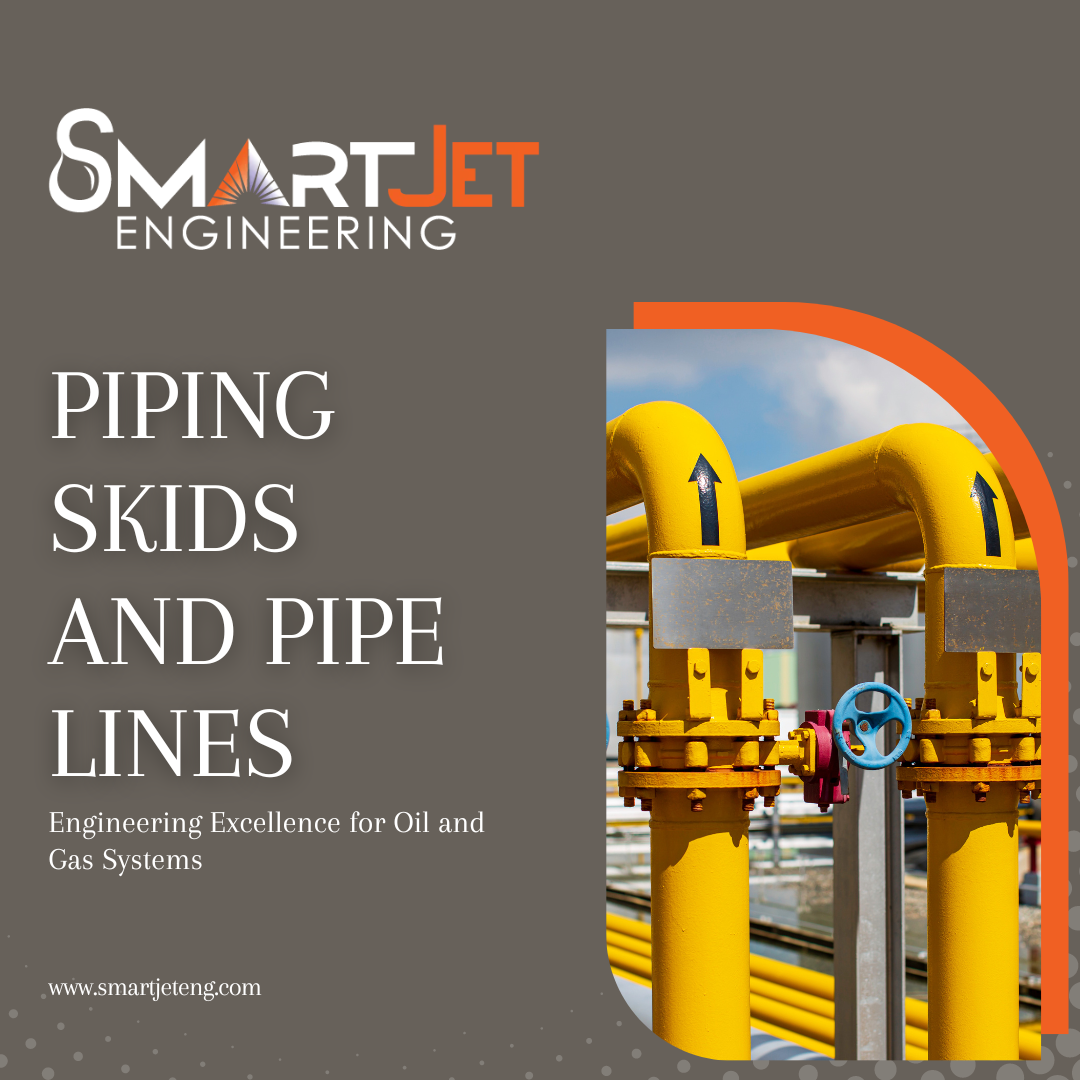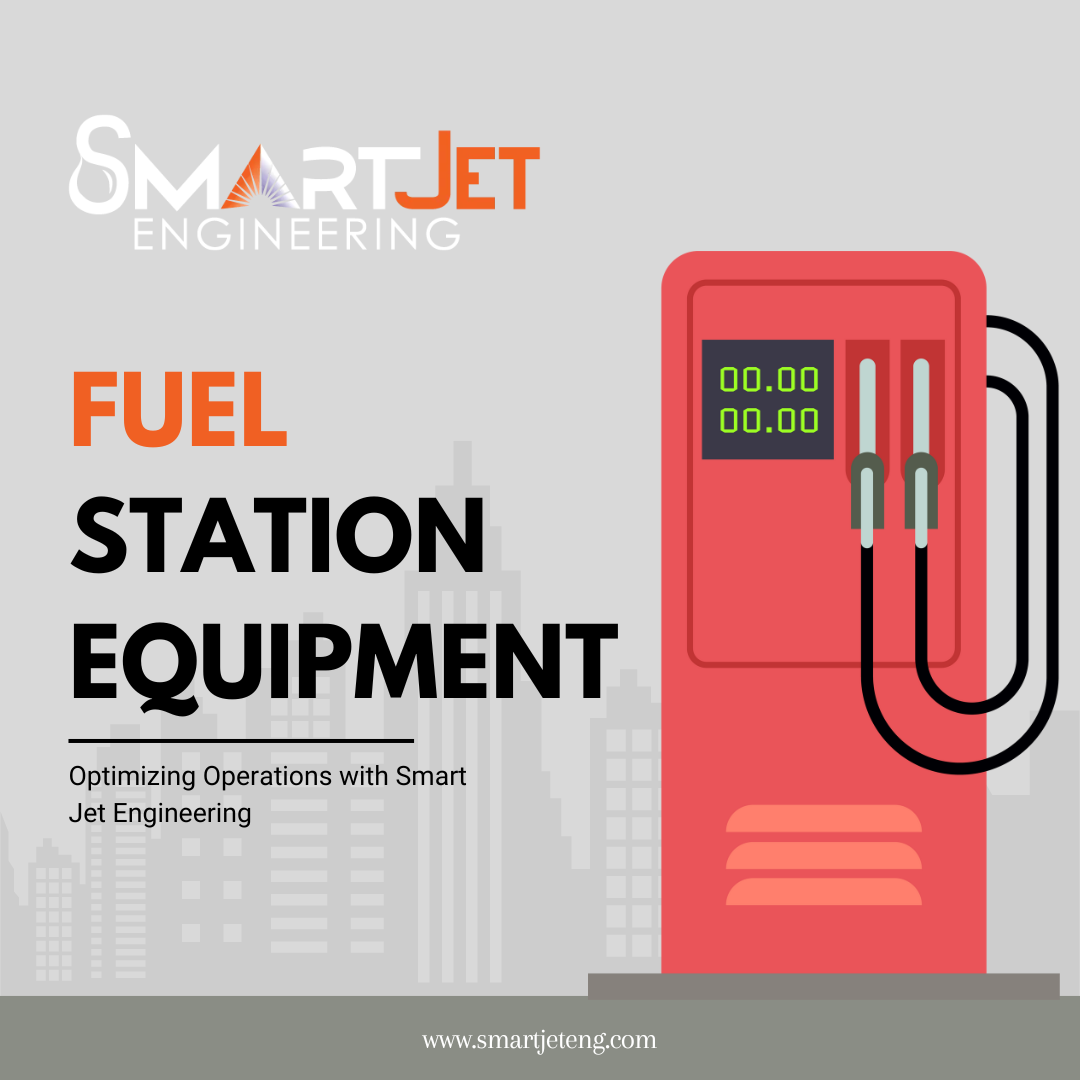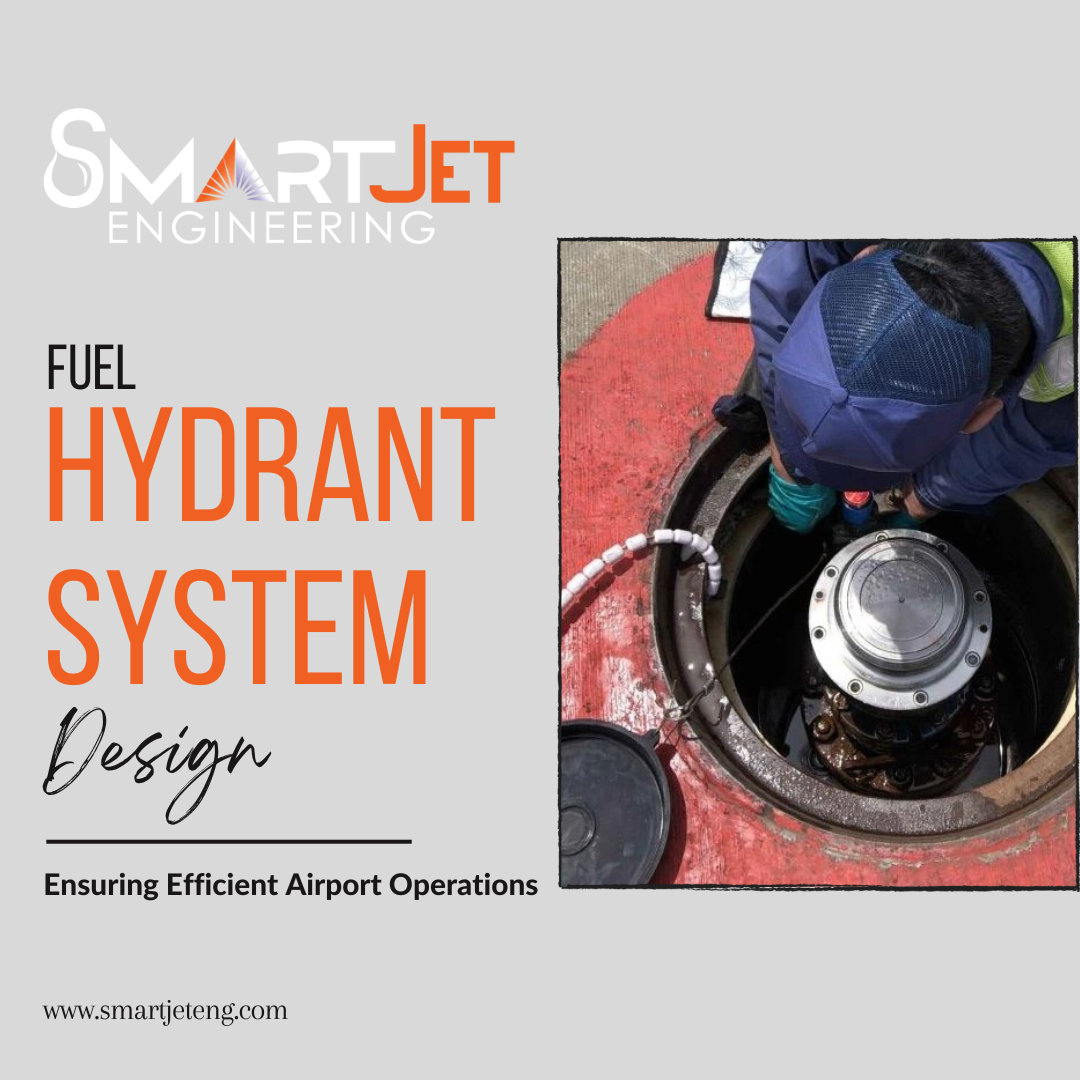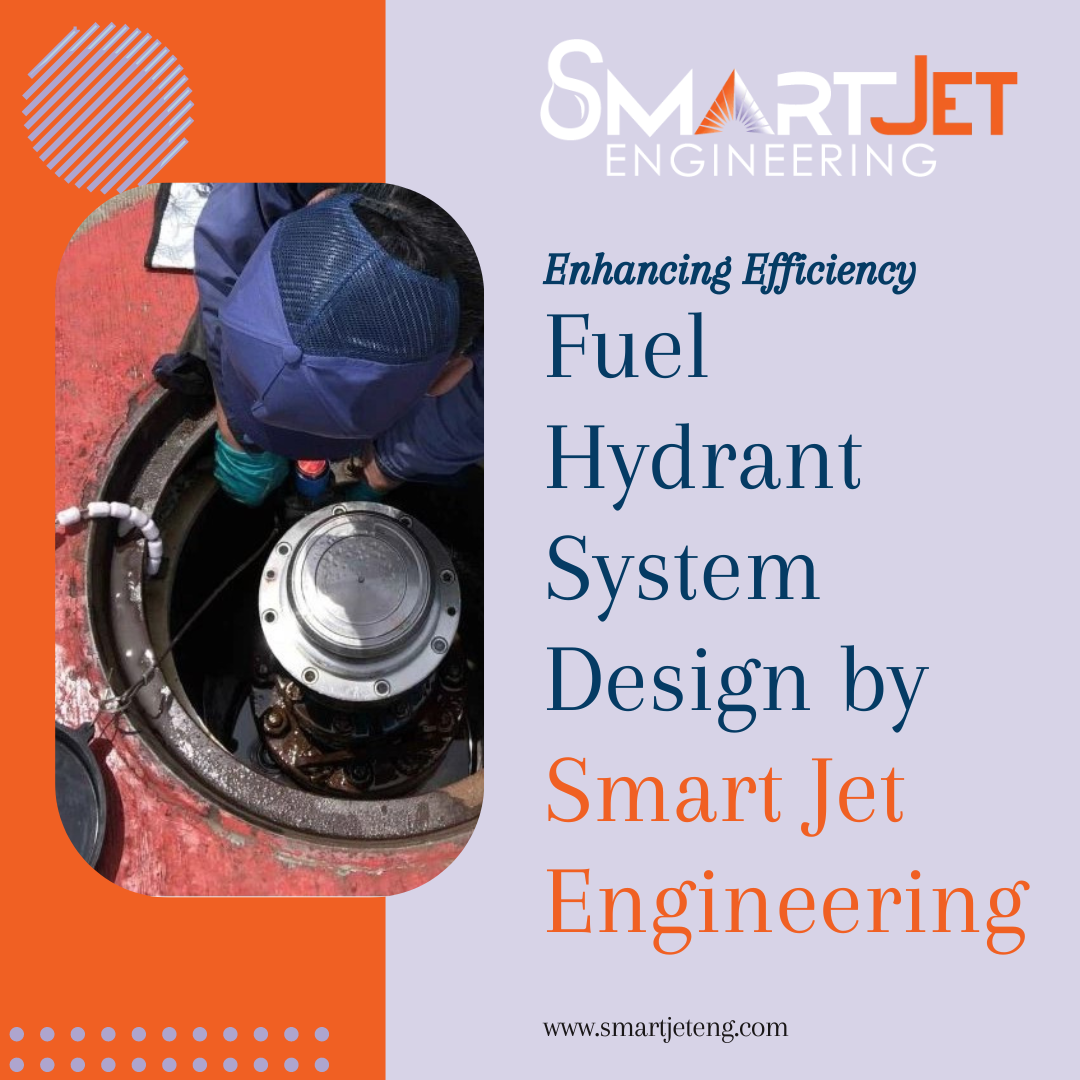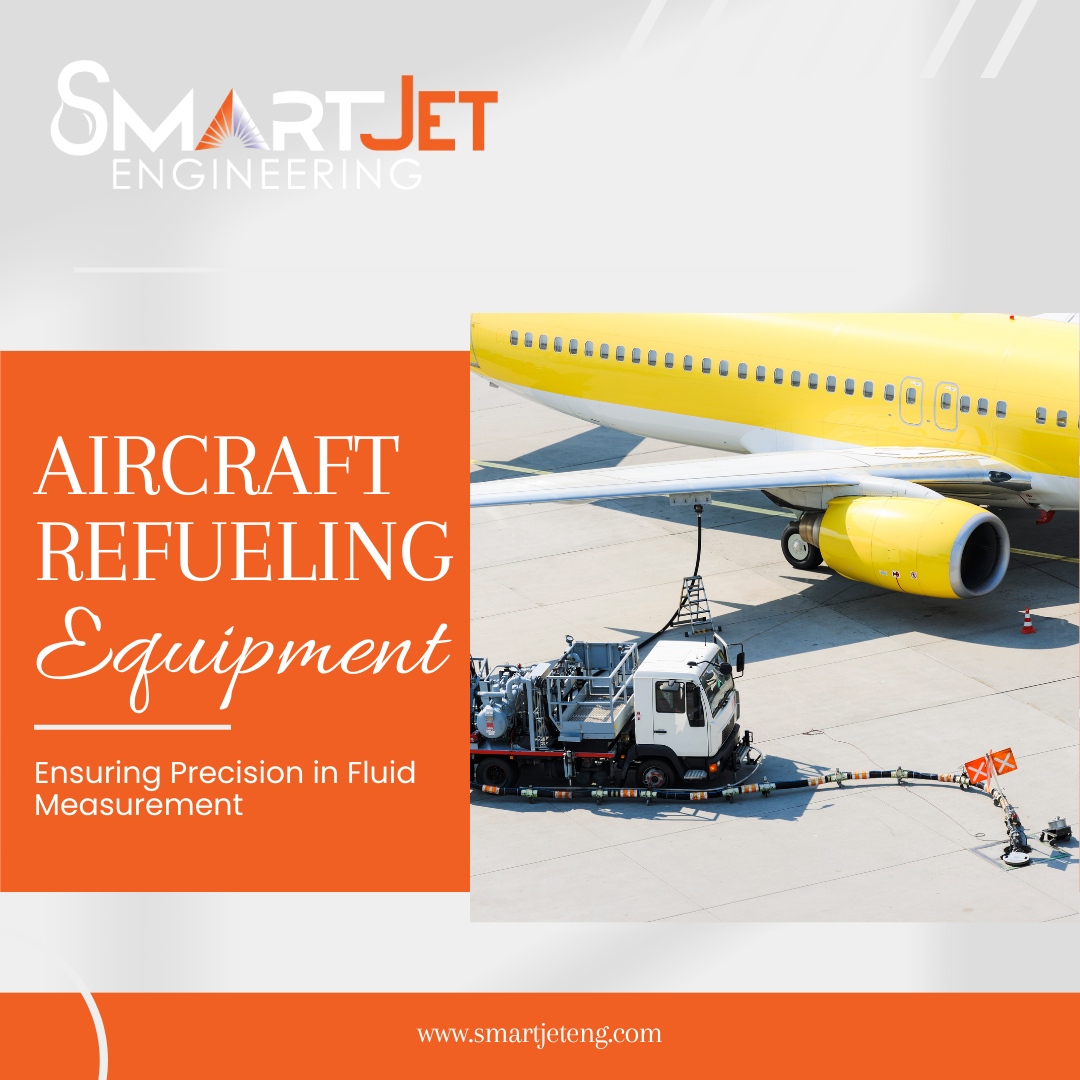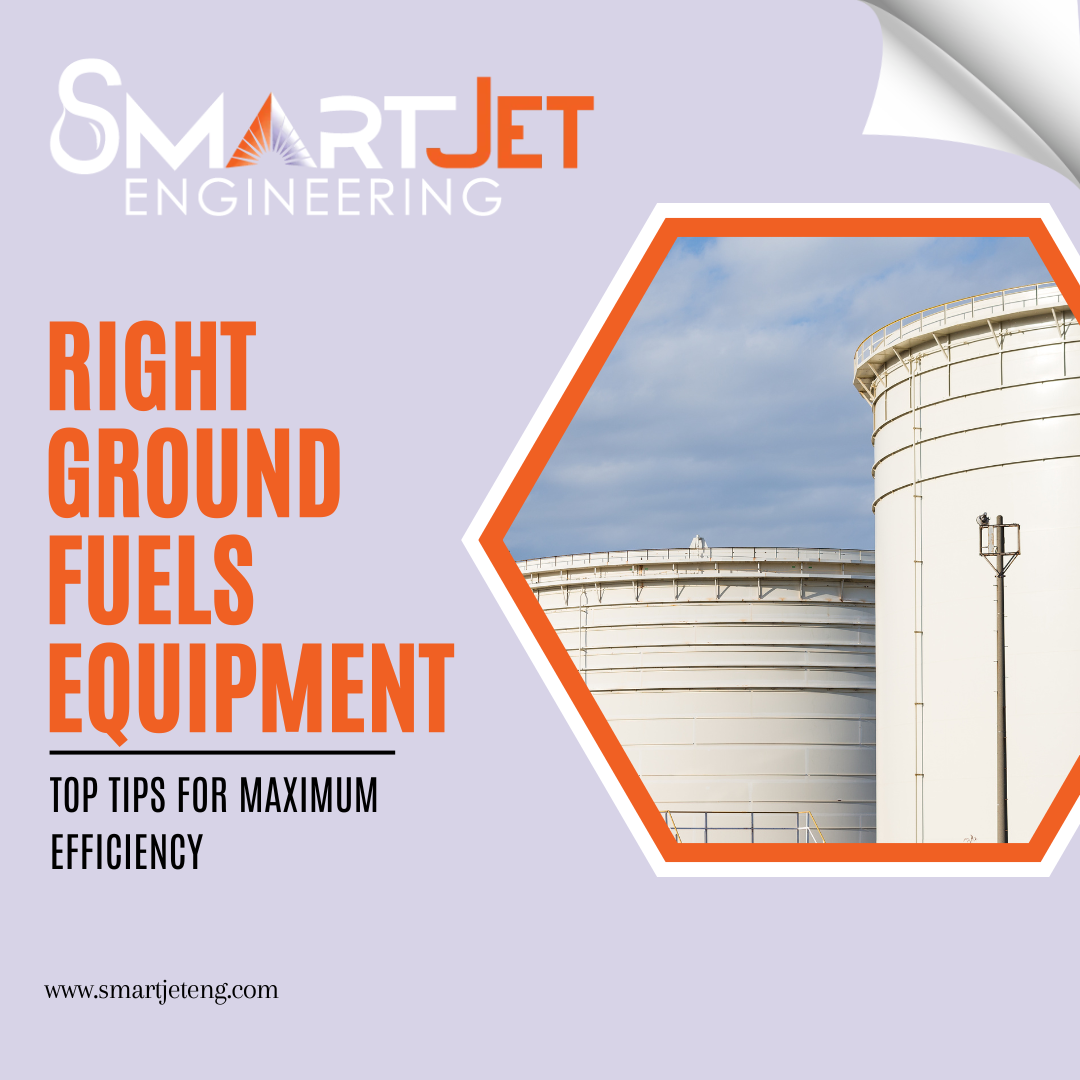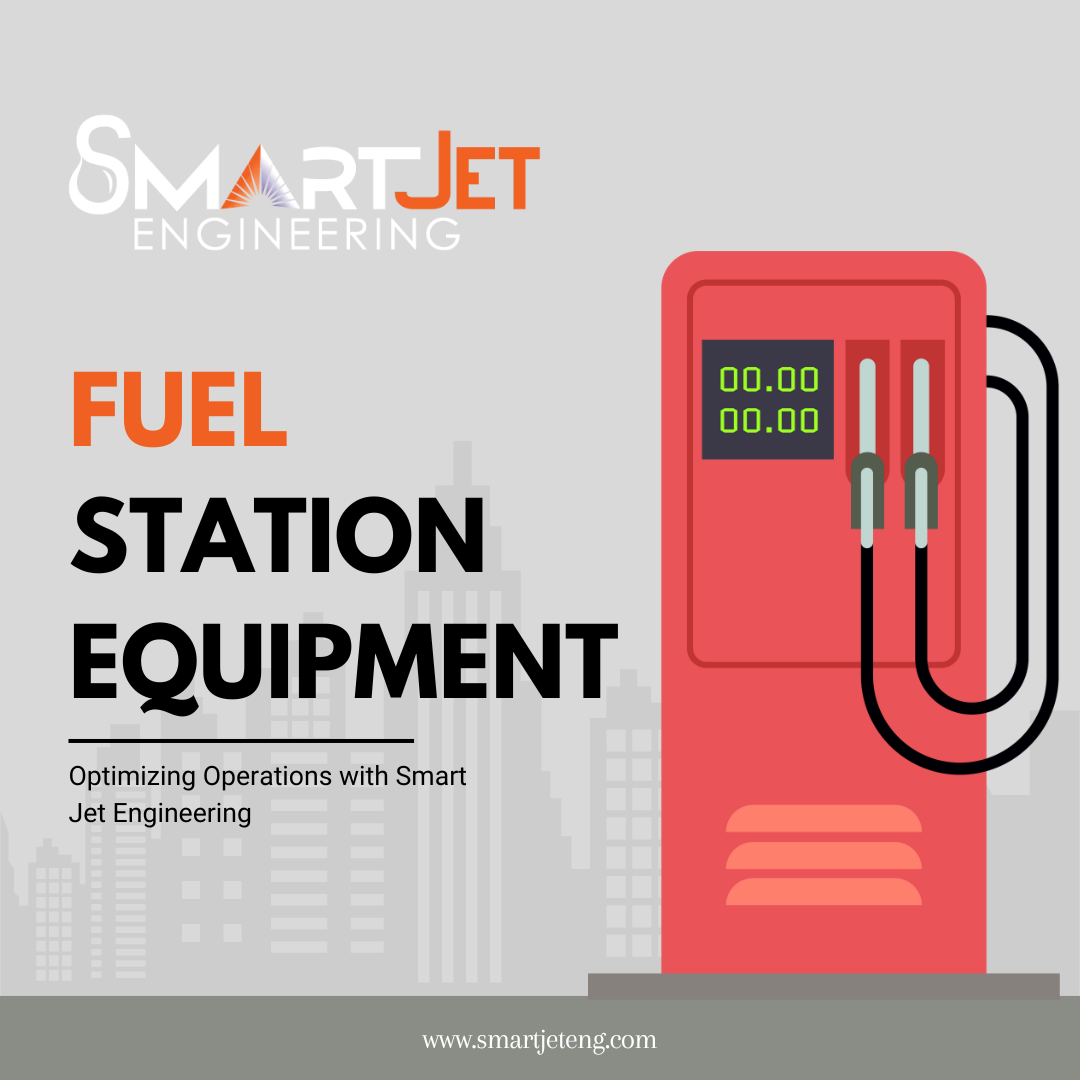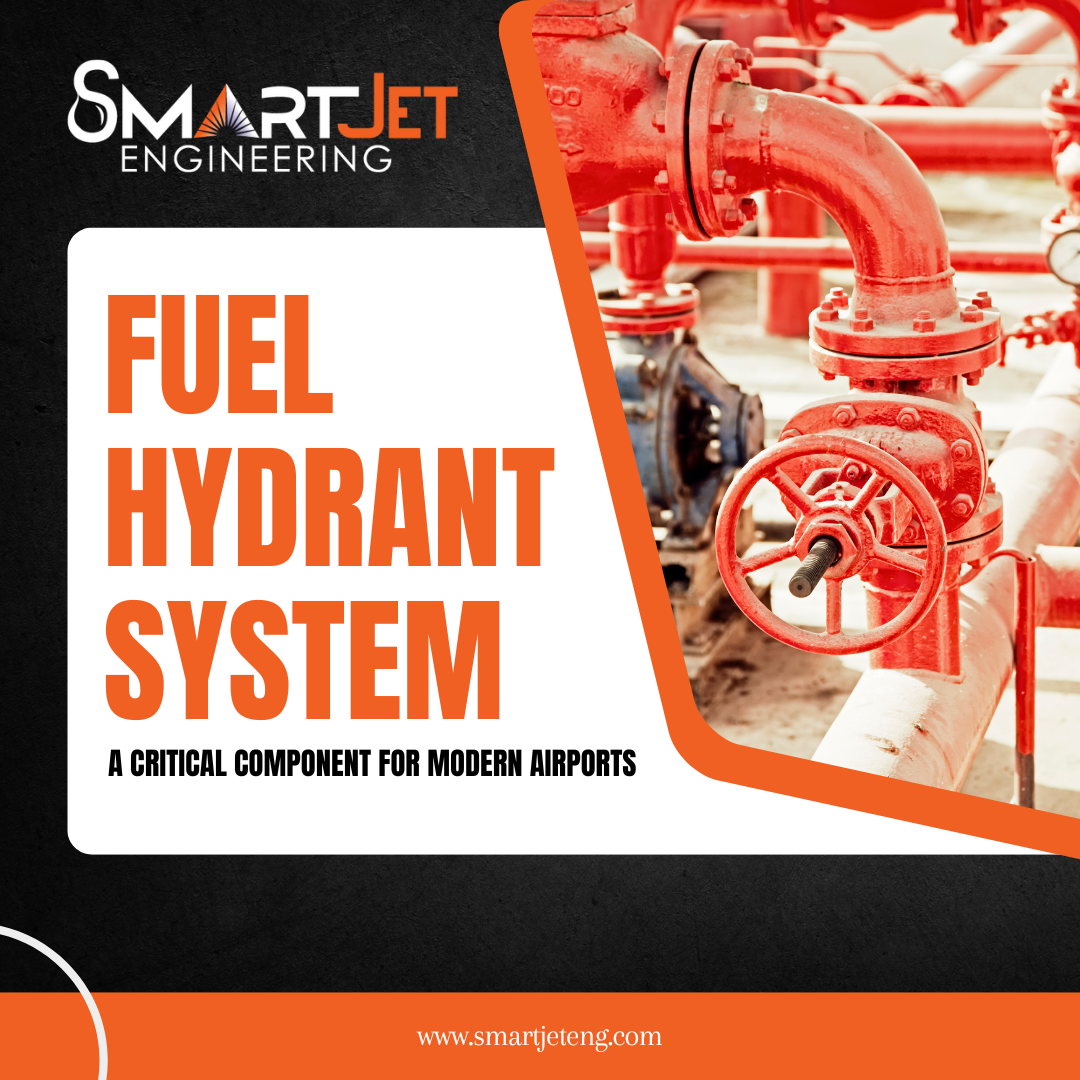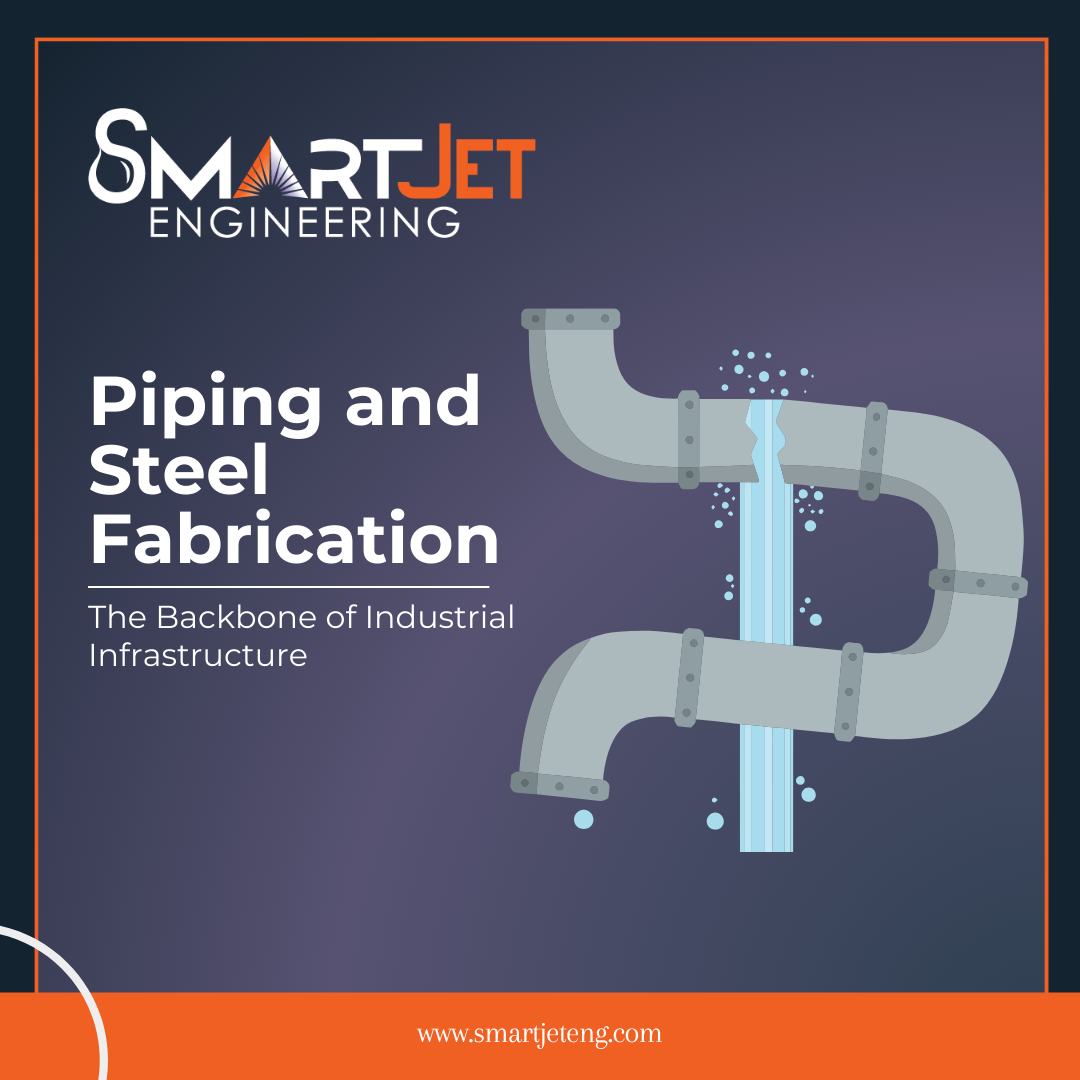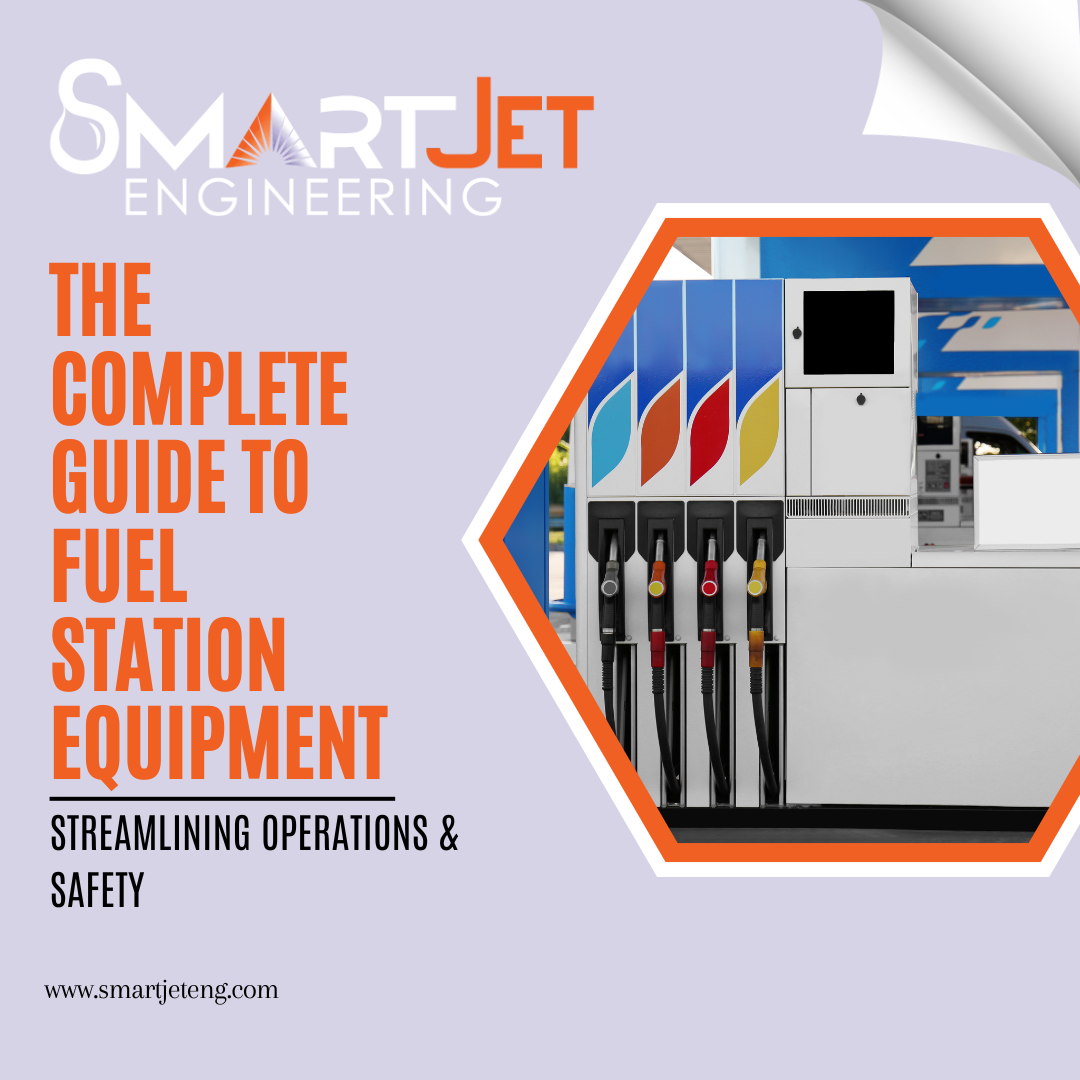Industrial Piping Systems
By - Admin
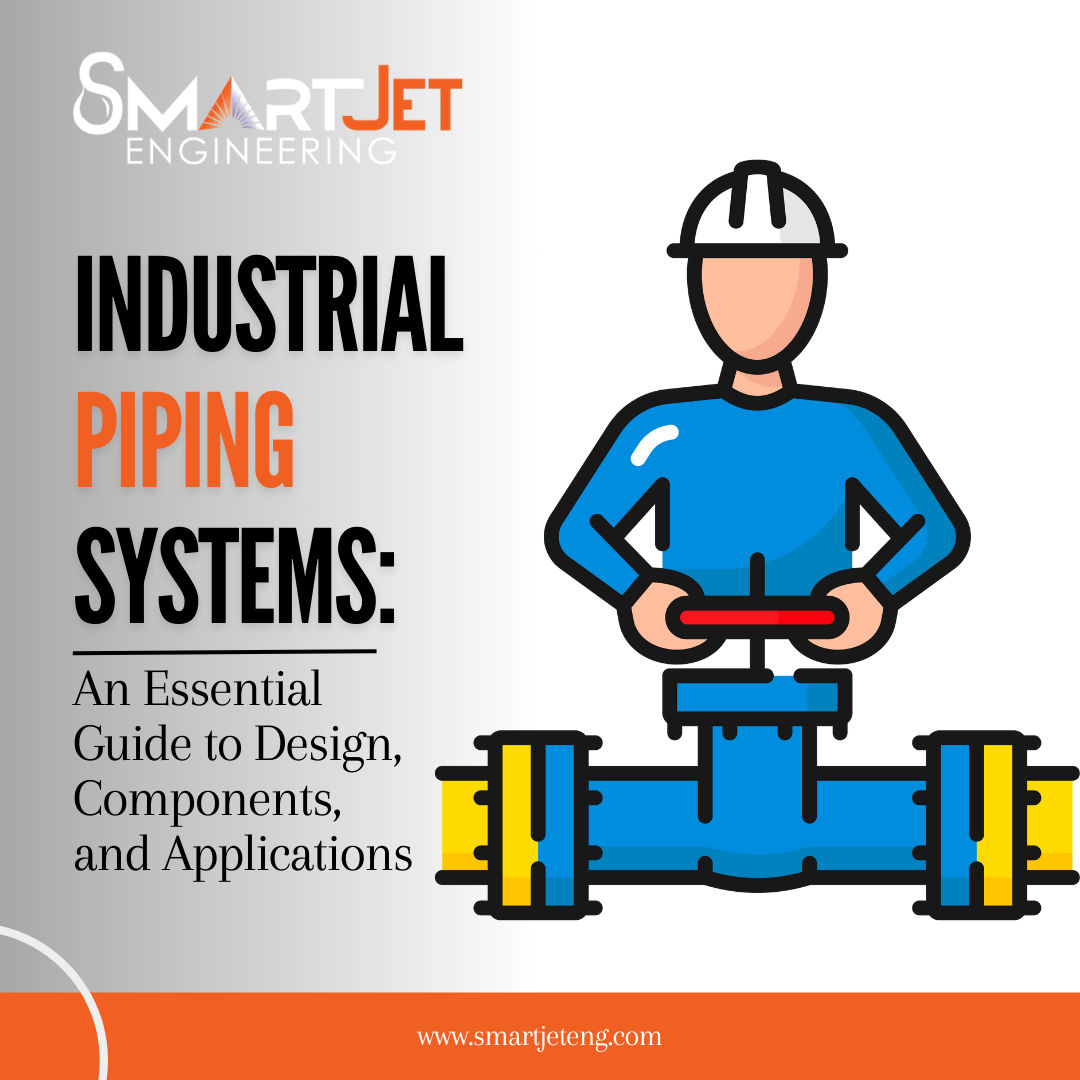
Industrial Piping Systems: An Essential Guide to Design, Components, and Applications
Introduction
Industrial piping systems are the unsung heroes of modern industry, facilitating the efficient transport of fluids, gases, and even solids across various processes. From oil refineries and chemical plants to power stations and manufacturing units, these systems form the backbone of industrial operations. They are crucial for maintaining the flow of raw materials, chemicals, water, steam, and other essential fluids necessary for production and processing.
Definition and Importance:
Industrial piping systems refer to networks of pipes, valves, fittings, and other components that are engineered to transport fluids and gases within industrial facilities. These systems are meticulously designed to handle high pressures, extreme temperatures, corrosive substances, and other challenging conditions, ensuring operational efficiency and safety.
Key Industries Relying on Piping Systems:
- Oil and Gas: For transporting crude oil, natural gas, and refined products.
- Chemical Processing: To handle acids, bases, and other reactive chemicals.
- Power Generation: For steam distribution, cooling water, and fuel supply..
Types of Industrial Piping Systems
Industrial piping systems can be broadly classified based on their function within the facility:
- Process Piping:
This type of piping system is designed to transport chemicals, fuels, gases, and other process fluids. It plays a direct role in the core operations of the plant, making it crucial for production and efficiency. - Utility Piping:
Utility piping includes systems that supply water, steam, compressed air, and other essential utilities to various parts of the facility. These systems support the primary process piping and contribute to the overall functionality of the plant. - HVAC Piping:
HVAC (Heating, Ventilation, and Air Conditioning) piping systems are responsible for maintaining the desired environmental conditions within industrial spaces. These systems transport chilled water, hot water, and refrigerants.
Materials Used in Industrial Piping
The choice of materials for piping systems depends on the type of fluid being transported, operating conditions, and budget considerations.
- Metals:
- Steel: Carbon steel, stainless steel, and alloy steel are widely used for their strength, durability, and resistance to high pressures and temperatures.
- Copper: Known for its excellent thermal conductivity and corrosion resistance, copper is commonly used in HVAC and water systems.
- Aluminum: Lightweight and resistant to corrosion, aluminum is used in specific applications where weight reduction is crucial.
- Non-Metals:
- PVC (Polyvinyl Chloride): PVC pipes are cost-effective, corrosion-resistant, and easy to install, making them ideal for low-pressure applications.
- HDPE (High-Density Polyethylene): Known for its flexibility, chemical resistance, and low cost, HDPE is used extensively in water, gas, and chemical piping.
- PP (Polypropylene): Highly resistant to chemicals, PP is used in applications involving aggressive chemicals and high temperatures.
Design Principles of Industrial Piping Systems
Pipe Sizing and Pressure Rating:
Proper pipe sizing is crucial to ensure adequate flow rates and pressure management within the system. Incorrect sizing can lead to excessive pressure drops, energy loss, and even system failures.
Flow Dynamics and Stress Analysis:
Understanding flow dynamics helps in designing piping systems that minimize turbulence, pressure drops, and noise. Stress analysis is essential to ensure that the pipes can withstand internal pressures, external loads, and thermal expansion without failure.
Key Components of Industrial Piping Systems
- Pipes: The primary conduit for fluid flow.
- Valves: Control the flow and pressure within the system.
- Fittings: Connect different sections of pipes and change the direction of flow.
- Flanges: Allow sections of pipes to be easily assembled or disassembled.
- Support Structures: Maintain the stability of the piping system, preventing sagging and stress.
- Insulation: Minimizes heat loss, conserves energy, and protects personnel from hot surfaces.
Installation and Fabrication Techniques
Welding, Threading, and Mechanical Joints:
Welding is the most common method for joining metal pipes, providing a strong, leak-proof connection. Threading is used for smaller pipes, while mechanical joints (such as flanges and couplings) offer flexibility in assembly and disassembly.
Prefabrication and On-Site Assembly:
Prefabrication of piping components off-site allows for quicker and more accurate installations, reducing labor costs and minimizing downtime.
Safety and Compliance in Piping Systems
Industrial piping systems must adhere to stringent safety and regulatory standards to prevent accidents, environmental damage, and costly downtime.
Best Practices for Maintenance and Safety:
Regular inspection, testing, and maintenance are critical to identifying wear, corrosion, and potential failures before they become major issues. Using non-destructive testing (NDT) techniques, such as ultrasonic testing and radiography, can help assess the integrity of the system without disrupting operations.
Challenges in Industrial Piping Systems
Corrosion, Material Degradation, and Leakage:
Corrosion is a major challenge in industrial piping, particularly in environments with high moisture, chemicals, or temperature fluctuations. Corrosion inhibitors, coatings, and proper material selection can mitigate these risks.
Mitigation Strategies and Solutions:
Implementing cathodic protection, using corrosion-resistant materials, and performing regular maintenance are effective strategies to combat these challenges.
Future Trends in Industrial Piping
Smart Piping Systems and IoT Integration:
The integration of smart sensors and IoT (Internet of Things) technologies in piping systems enables real-time monitoring of flow, pressure, temperature, and leak detection, enhancing operational efficiency and safety.
Sustainability and Eco-Friendly Materials:
As industries move towards greener practices, the use of sustainable materials and energy-efficient piping designs is gaining traction. Innovations such as bioplastics and advanced composite materials are poised to revolutionize the industry.
Conclusion
Industrial piping systems are vital to the functioning of modern industry, providing the infrastructure needed to transport fluids and gases efficiently and safely. From selecting the right materials to adhering to strict safety standards, the design and maintenance of these systems require a high level of expertise. As technology continues to advance, the future of industrial piping promises greater efficiency, safety, and sustainability.
Related Blogs
Search
Popular Posts

Flow Meters & Calibration in Aviation Fuel Systems: Accuracy That Saves Costs
June 24, 2025

Complete Design and As Built Engineering: Laying the Groundwork for Fuel System Excellence
June 24, 2025

The Importance of Ground Fuel Monitoring in Modern Aviation Operations
March 27, 2025

The Importance of Fuel Storage Tanks in Modern Aviation Operations
March 27, 2025

Why Testing and Commissioning is the Ultimate Step in Quality Control
January 29, 2025






